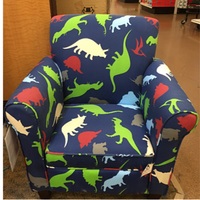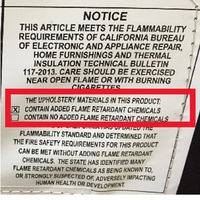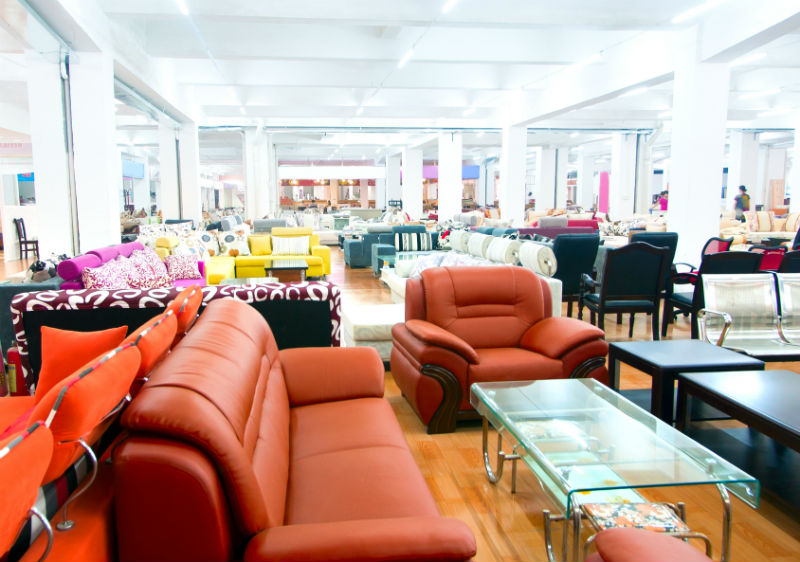Over the last year, as more and more shoppers demand products without toxic flame retardants, several furniture manufacturers and retailers have announced they are no longer using toxic flame retardants in their products. While this is a good thing, we wanted to find out how the rest of the market was doing. We dispatched our secret shoppers to neighborhood retailers to investigate.
What Our Secret Shoppers Found
- 25% (46 products) had label indicating it meets TB117 standards, which means product likely contains flame retardants
- 19% (35 products) labeled as “CONTAINS ADDED FLAME RETARDANTS”
- 56% (102 products)labeled as “CONTAINS NO ADDED FLAME RETARDANTS”
Why Should You Be Concerned?
Our secret shoppers found that 44% of the furniture surveyed contained, or was likely to contain, toxic flame retardants. Commonly used chemical flame retardants are linked to cancer, harm to brain development, hormone disruption, thyroid effects, and obesity. Research shows they escape from consumer products, polluting the air and house dust which people then breathe or ingest.
Toxic flame retardants aren’t necessary to make products fire safe. There are safer alternatives, which some retailers and manufacturers have started using.
How Our Shoppers Used Labels To Detect Toxic Flame Retardants
 Thanks to recent updates in California’s flammability requirements, home furniture items containing flame retardant chemicals must now be labeled as “CONTAIN ADDED FLAME RETARDANT CHEMICALS”. The label pictured below was found on a kids’ chair at the Fred Meyer store in the Seattle neighborhood of Ballard.
Thanks to recent updates in California’s flammability requirements, home furniture items containing flame retardant chemicals must now be labeled as “CONTAIN ADDED FLAME RETARDANT CHEMICALS”. The label pictured below was found on a kids’ chair at the Fred Meyer store in the Seattle neighborhood of Ballard.
 Our secret shoppers took pictures of home furniture and the labels. They submitted what they found through our unique online cell phone survey tool.
Our secret shoppers took pictures of home furniture and the labels. They submitted what they found through our unique online cell phone survey tool.
So What Should Shoppers Do?
It’s clear there is still a lot of furniture in stores that contains toxic flame retardants despite major manufacturers and retailers pledging to stop using the chemicals.
Before you go furniture shopping, make sure to first contact your legislators and tell them to give consumers a piece of mind and ban toxic flame retardants in furniture. Legislators in Washington state have the opportunity right now to ban certain toxic flame retardants in home furniture and children’s products. [UPDATE: The Washington State Legislature recently passed a ban on some types of toxic flame retardants in home furniture. The state will also be assessing whether other toxic flame retardant chemicals should be banned as well.]
But, until manufacturers are prohibited from using harmful toxic flame retardants, shoppers need to be aware and read the labels. Here are some tips:
- If the label says “CONTAINS NO ADDED FLAME RETARDANTS” that means it’s free of flame retardants.
- If label is marked with “CONTAINS ADDED FLAME RETARDANTS” that means it contains flame retardants.
- If the label says the product meets TB117 standards and has no additional information, it meets an outdated standard and is likely to contain flame retardants.




